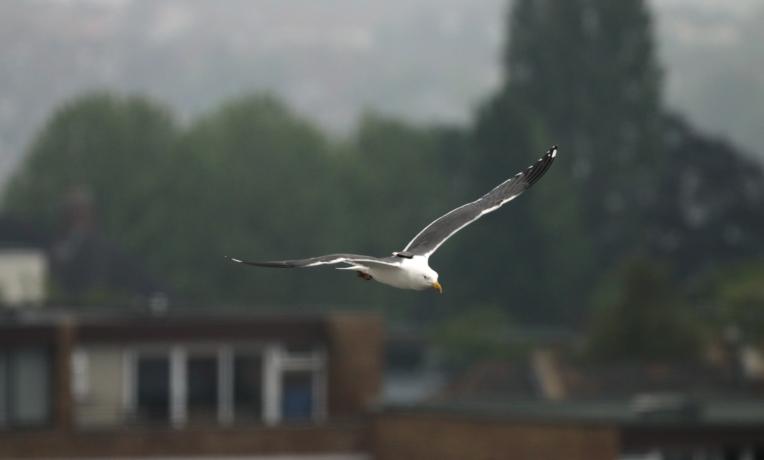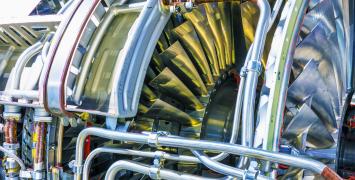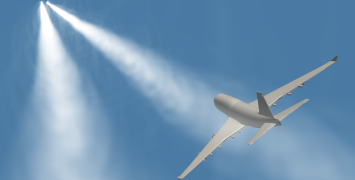Autonomous flight inspired by nature
Humans have wondered at flight since primeval times. Yet despite almost two centuries of designing machines to fly, birds still do it better in many ways. Dr Shane Windsor, a lecturer in Aerodynamics at the University of Bristol, is looking at how birds control their flight in windy conditions with the aim to improve the engineering of small-scale unmanned air vehicles (UAVs) for use in and around urban areas.

Small-scale UAVs are highly manoeuvrable and are relatively inexpensive. They have enormous potential in many areas including search and rescue, surveillance, weather forecasting, fire detection and environmental monitoring for pollution, radiation and industrial accidents.
This potential, however, is curtailed by the limited endurance of small-scale UAVs as well as their inability to operate in strong winds, especially those in urban environments. Dr Windsor is looking to nature to improve this, specifically to gulls, to understand how they change their flight paths to make use of airflows in cities. By fitting the gulls with GPS backpacks, his team has found that the birds change their flight paths to take advantage of upward currents of air over buildings – selecting those that help control their speed in windy conditions. Just as birds use these airflows to their benefit to minimise energy output, Dr Windsor is hoping these insights will help improve energy use of small-scale UAVs. Based on the flight paths used by birds in urban areas, the team is currently developing algorithms to maximize the performance of small-scale UAVs in similar environments.
The team is also looking at the features of birds wings that help to alleviate gusts. This is being done by filming birds of prey flying through gusts of wind and by testing artificial wings in wind tunnels to understand how birds can fly so smoothly in windy conditions. As a last step, the team is also developing UAVs with arrays of sensors in their wings, similar to those found in birds, with the aim of improving the agility and robustness of their flight control.
These studies of birds are showing what flight performance is physically possible, and in theory, could be achieved by bird-like UAVs.
Biography
Shane Windsor is a Lecturer in Aerospace Engineering at the University of Bristol and his team investigates the aerodynamic, sensing and control aspects of animal flight and how bio-inspiration can be used to improve technology, particularly in the area of small scale unmanned air vehicles (UAVs).





